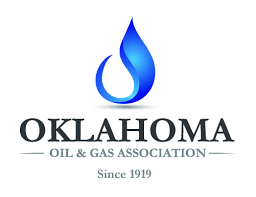
A new study commissioned by the Oklahoma Oil and Gas Association found each active long lateral horizontal drilling rig running in Oklahoma at full capacity generates an average of $195.6 million in direct and indirect economic benefits over the course of a year, according to a press release issued by the OKOGA on Monday.
Dr. Mark Snead of RegionTrack reviewed proprietary data including private and publicly traded entities actively drilling horizontal wells in the state.
The analysis revealed a new long lateral well costs nearly twice as much to drill in Oklahoma in 2017 than the average well cost in 2015. In addition, Oklahoma currently has 127 active rigs, with 123 designated as horizontal drilling rigs. This is double the number of rigs from this time last year.
“The single best barometer to gauge our state’s economic future is to look at the number of rigs running,” said Chad Warmington, OKOGA President. “Oklahoma has the second-highest number of rigs running across the nation. As a result, we’ve seen more Oklahoma oil field jobs created in the past two months than any period since 1990. Drilling is leading Oklahoma’s recovery, and the state has wisely encouraged companies to drill here with its clear regulatory environment and two-tiered gross production tax.”
Warmington believes maintaining the existing gross production tax structure is important to the entire state.
OK Energy Today reported on April 27 about the growing discord between the OKOGA and the Oklahoma Energy Producers Alliance, which has increased legislative lobbying efforts to raise Oklahoma’s gross production tax to 7 percent.
To review the OKOGA data and methodology report, click here.






